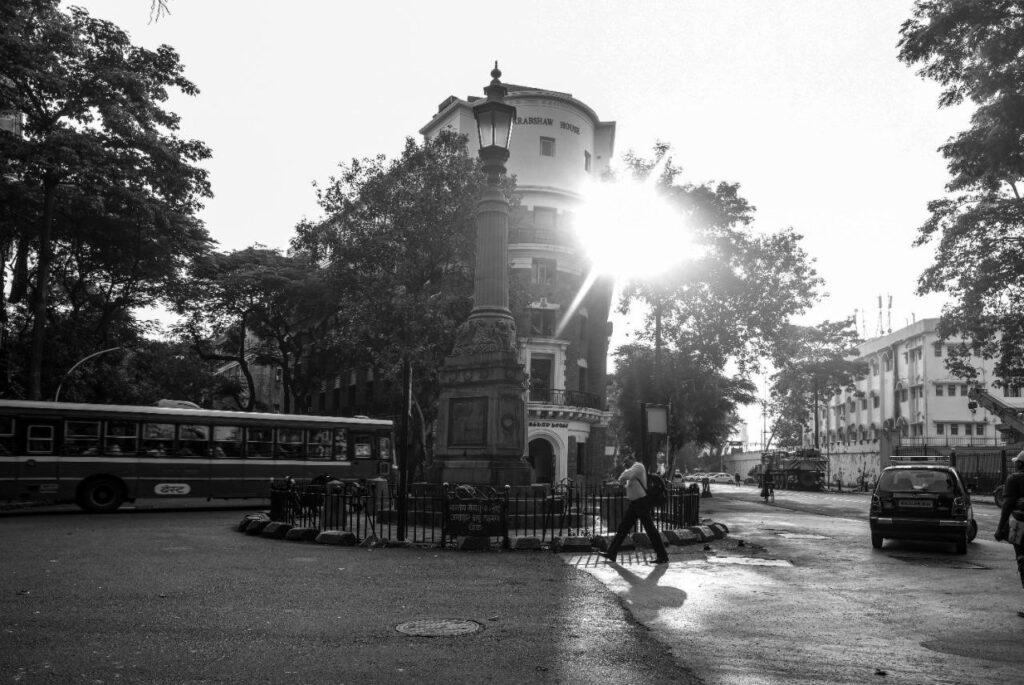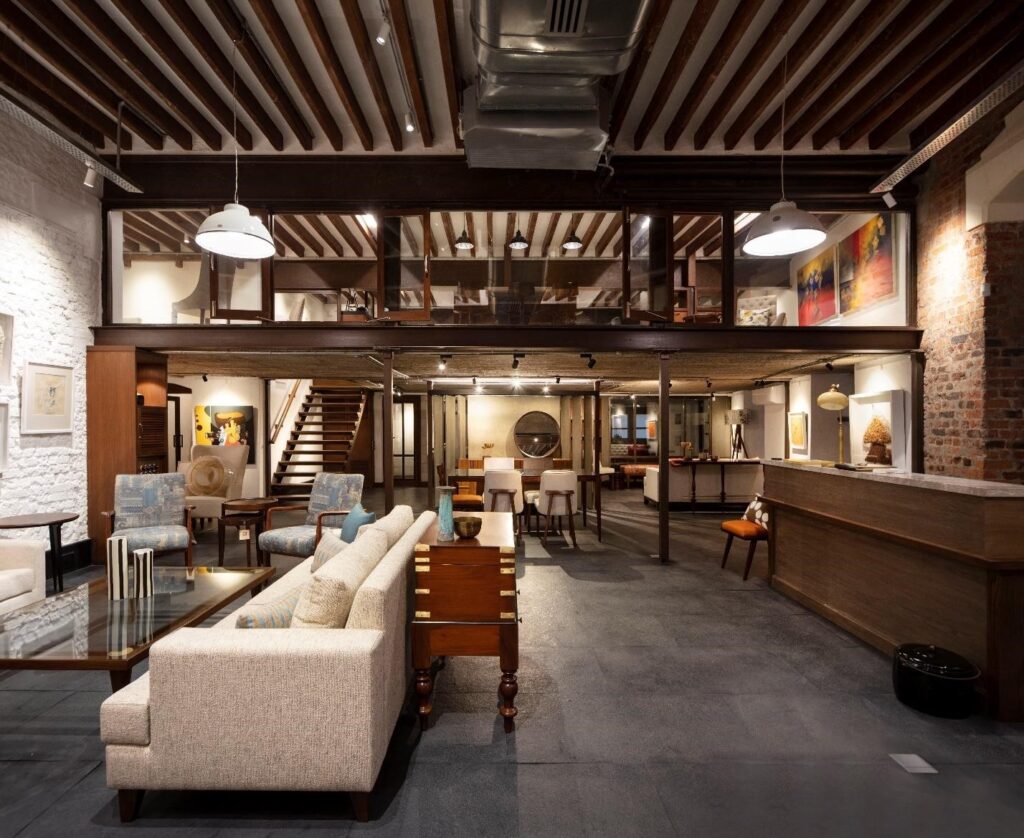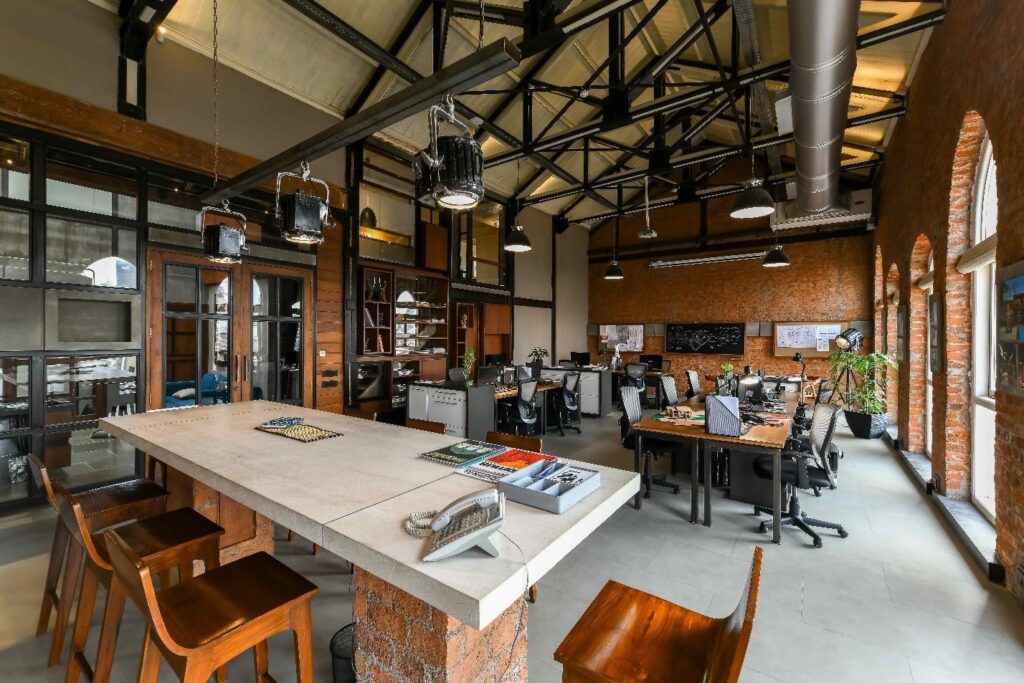
Adaptive “Reuse” – A way forward
The world ages collectively, the shared experiences we collect makes us all part of a giant network subtly but surely influenced by each other. Where one might mistake being the hand that weaves but isn’t mistaken about the existence of the web itself!
With rising temperatures, longer summers, and natural disasters wreaking havoc in various parts of the globe, the concept of global warming and climate change has gained traction. Abiding by the concepts of “sustainable development” and “energy efficiency”, adaptive reuse comes as a welcome solution, opening a world of possibilities for environmental, cultural, and heritage preservation. And as Ohlschlager says, “The ‘greenest’ buildings are the ones that already exist” – when mixed with the simultaneity of freedom and movement that involves tradition, it paves the way for adaptive reuse.
When a building is reused, only minor modifications to the original structure are made, and allied services required for the new function are added to meet current needs. For decades, this concept has been popular in the West, and is slowly finding its way to India to preserve the records of lives and the essence of the place that is impossible to duplicate.
The country, essentially a concoction of all the different waves that came and subsumed into the places and people that live through it, showcases many such spaces from Bombay’s textile factories, Delhi’s old cities, to Bangalore’s cantonment structures, and Calcutta’s and Madras’ historic port buildings. These see the lives of people and the city itself as an imprint on the buildings that still stand. Often from their lack of use, these buildings are outgrown by their needs and can no longer sustain the ecologies that ever so slightly kept on changing. Abandonment and tearing down, what becomes the resort one goes to – where unwittingly one erases a piece of history forever. “The Estate”, a project by Studio PKA aims to revive the same.

Concerned with revitalizing the now inaccessible pockets in SoBo, these abandoned lots that sit idly between buildings can become focal points of public activity. This makes the areas that seemed out of touch remerge as a part of the social realm. By making the movement and the city scape more comfortable, the design intervention respects the inherent site – making George Wittet’s Ballard Estate a true ode to London in the heart of SoBo.
Having an abandoned building sit idly because of “out of style” structures achieve nothing but harm. While Ballard Estate exudes a sense of grandeur, the precinct has lost its sheen over the years. Most buildings – though in exemplary condition – lie vacant and abandoned and need restoration. On the ground floor of one such Victorian building lies another quaint example – Tianu – The Revival Project – a furniture retail outlet that speaks of sensibilities and a deep admiration for art and heritage.

With an open space serving for retail, the intervention showcases a mindful selection of materials and the usage of spaces. By keeping the additional to the minimum, the spaces form make the thresholds more inviting. This connects the space to the street in a comfortable fashion all the while reminding of a bygone era. The design speaks of simplicity and transparency, an effort to bridge the gap between the architecture and the product.
But in the “city of dreams”, Bombay, at every turn one can come across a part of another time. In this ever-expanding city, buildings from the British Raj still call South Bombay their home. Be it Victorian Gothic, Art Deco, Neo Classical or Indo Saracenic Styles, SoBo has it all. Located in one of these 100-year-old Victorian buildings is the studio space, “The Loft” that explores the various layers of the structure and the culture that wraps SoBo all around. The innate tactility of this heritage structure is further accentuated by the simple processes the studio follows in its designing – to observe, understand, take a few steps back to ponder then move forward. The approach not only respects and retains but also responds to the redefined needs of the space where the utmost importance resides on this usage with its context.

The “heart and soul” of any project lies in its context, where the aesthetics of the past can be simply repurposed into the language of today and the structure can gain a new meaning. Now, while the visible exterior engages in a dialogue with SoBo, the interiors become ideal for human use – with adequate sunlight, ventilation, and various vantages virtually unheard of in offices – the space itself becomes stimulatory for moments of reflection, discovery, and presence. This intermingling exists not only of the spaces, and movements but also of the eras the components respond to – imbibing layers of time into the physical.
No matter what the site demands, there can be multiple ways to respond, where we as designers have been tasked to find the best suited approach. While these techniques are only some ways to approach heritage and more modern uses, there could me more exploration where the core remains – remembering the past, living in the present and looking out to the future. Afterall, the need decides the approach that takes the hand forward.


